Garneau Course Air Lite II Cycling Shoe Review
Photo: Daghan Perker
We don’t put this lightly: these are the best shoes we’ve ever ridden.
The Course Air Lite IIs have a fairly straightforward look – no curved tongues, crazy Boa lacing patterns, aggressive perforations, or zany/over-luxe colorways. The semi-hidden ghillie lacing system even looks a bit traditional, but it’s a subtle aero feature that’s made possible by Garneau’s new X-Comfort feature. The uppers achieve a dialed-in, just-right snugness not through shaping or lacing, but through the addition of a flexible window in the upper.
Garneau’s lead shoe designer, Rene Plourde, clued us into the genesis of the design: direct, critical feedback from racers in the field. In the run-up to the Rio Olympics, he crafted special-edition uppers for Garneau-equipped athletes. And to Plourde’s dismay, he noticed that on TV that they'd cut small holes in the sides of the shoe to relieve the pressure created by feet swollen by 100° heat. And to top it off, when a Garneau employee-racer returned from completing the Trans-Continental Race in the original Course Air-Lite, he needed to take 4 weeks off the bike to let his feet recover.
That feedback set the the wheels in motion for the creation of X-Comfort.
Plourde explained that it took nearly six months of research, prototyping, and testing to perfect the technology: “If the fabric is too stretchy, you can feel the edge of the cutout on your foot, which actually feels worse. The challenge was to create a new material that has a perfect amount of stretch, with some resistance.”
The design utilizes a stretchy base mesh, which is stiffened and protected by a bonded, soft elastomer cover. And for the true production heads, this new design allows Garneau to cover more foot widths with fewer total sizes – no need to spec and build shoes to EE width. The technology is available at a variety of price points, and over time, you can expect to see it across the Garneau line.
Course Air lite II Ride Impressions
When first trying on the shoes, several of us were tempted to size down, which Plourde indicated was fairly common for most riders when trying X-Comfort for the first time. While the ability to size down a full or a half size is a possibility that we’re game to test out (yes, friends, it makes an aerodynamic difference), we’ll wait until we have more experience in the shoes during the hottest days of the year.
In the late-winter and early-spring temps that we encountered during our test, everyone using the new Course Air lite IIs experienced immediate, set-and-forget comfort.
Photo: Daghan Perker
If you’ve got sensitive feet, you’re in luck. One of our testers suffers from three hard to fix (and often expensive) challenges with temperature, pressure, and arch support, usually resulting in an extended break-in/dial-in period. With the Course Air lite IIs, after putting in the included arch supports and bolting the cleats on, he was set. Gone are the all-to-common problems of hot feet, too-roomy toe boxes, ventilating sweat without freezing toes (especially in sub-32 New York winters), and shoes loosening over time causing loss of power transfer. Further to this, because of the X-Comfort tech, the shoe will accommodate any sock you can throw at it, from thick woolens to thin summer socks.
The internal volume of the shoe is customizable, too. Garneau ships two insoles and three different sizes of arch inserts in the box with the Course Air Lite IIs (along with a slick shoe bag). One insert is designed to block the ingress of air through the sole, and the other is extensively perforated for hotter days. Plourde’s outsole design carries over from the previous generation of the shoe, and doesn’t rely solely on vents as many other shoes do. As in helmets, channels invisibly run the length of the shoe, pulling cool air in, and drawing hot air out – while keeping the whole shoe cool, instead of a few individual spots.
With the variety of inserts provided, even our high-arched and heavy-pronating teammates were able to ditch their bike-fitter prescribed insoles, allowing for “plug and play” right out of the box (while saving a fair bit of cash).
All of this adds up one to one the most comfortable foot-housing experiences I’ve ever had – seriously, we wish we could port the comfort over to all our other shoes. These are just that comfortable.
The Course Air lite II TL:DR Section
The Good
Warm and cool weather insert options options with three levels of arch support
Look more like regular sports shoes than most cycling shoes. Why? The lacing pattern for the Boa things uses regular ass eyelets
Also the eyelets make the shoes more aero, which you should care about
Stiff as heck
Very comfortable and well fitting toe box
The quarter hugs your heels
Scuff-resistant toe doodad so your new things look new longer
Titanium cleat mounting hardware means that they won’t rust out after a year of hard use
Boas are the truth. Laces are for idiots (sorry, not sorry)
Super crazy heel-hold. The heel design locks in the foot even when the boas are loose
The Bad
Will change your opinion about how comfortable cycling shoes should be
One of the tongues of our shoes came out (but then, we got the first ones off the line)
Because the toe box is so roomy and comfortable, you might think you got the wrong size shoe
You will be very sad when they show a bit of wear and tear
The scuff-resistant toe does not mean scuff proof - we had an instance of a significant scuff from toe overlap caused tire rub
The Ugly
Not these shoes
Photo: Daghan Perker
After riding the Course Air lite IIs for more than a month the team has come to this conclusion – these shoes are kickass. We have high hopes for this shoe as we continue to put them through their paces in a very packed spring and summer road season. Uncomfortable, easily broken, and rusted shoes should be a thing of the past.
-With words from Chris Burati and photos from Daghan Perker
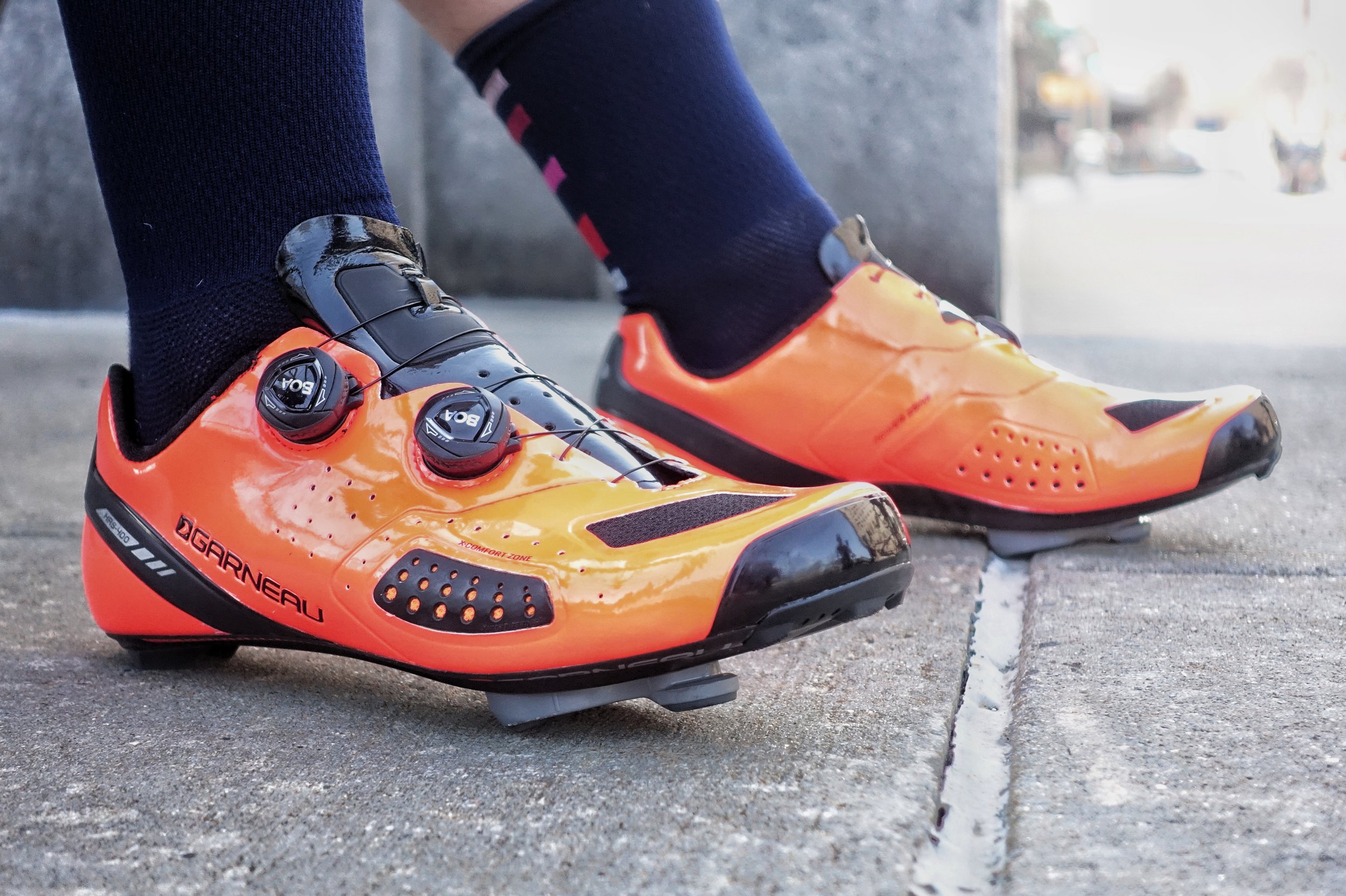
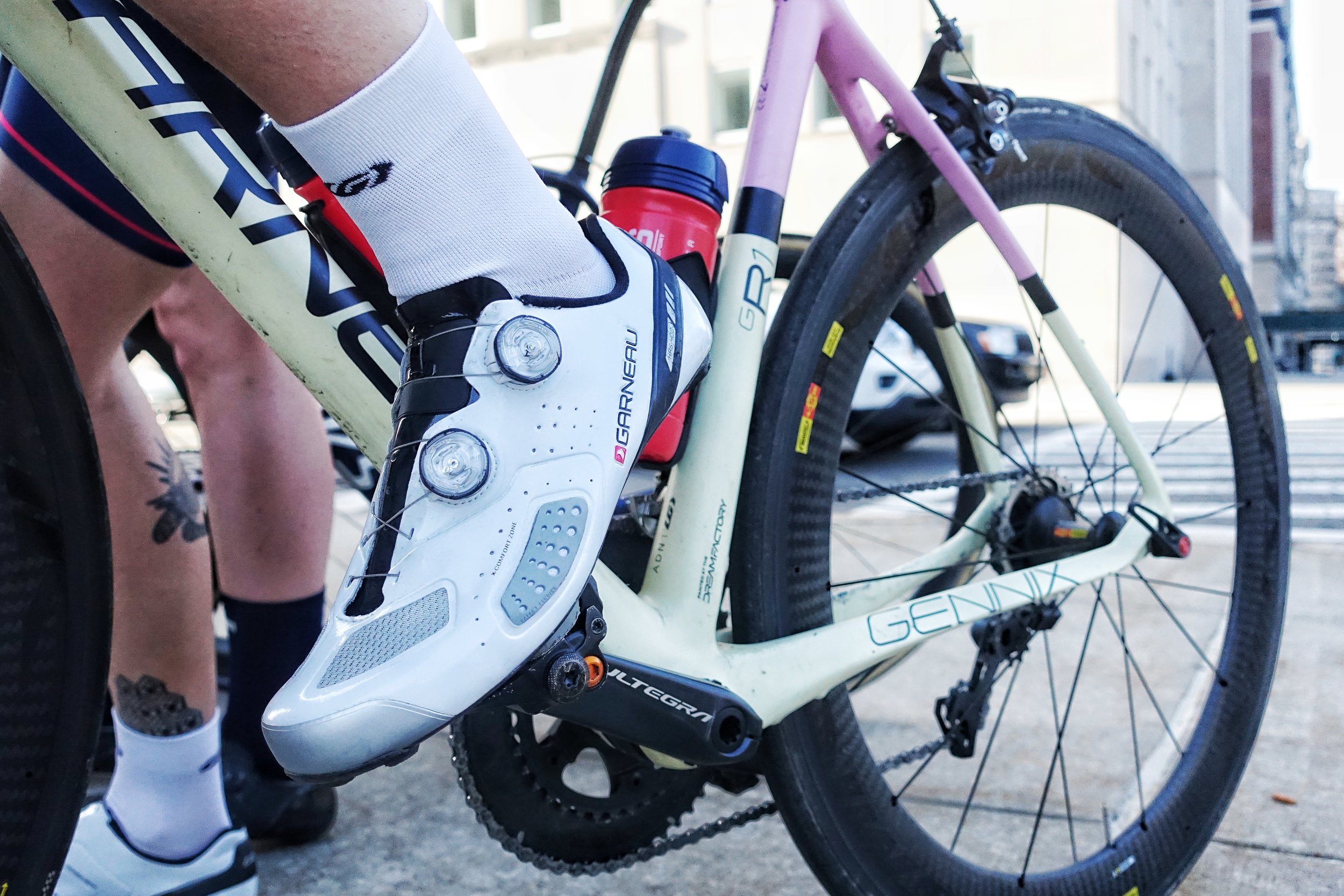
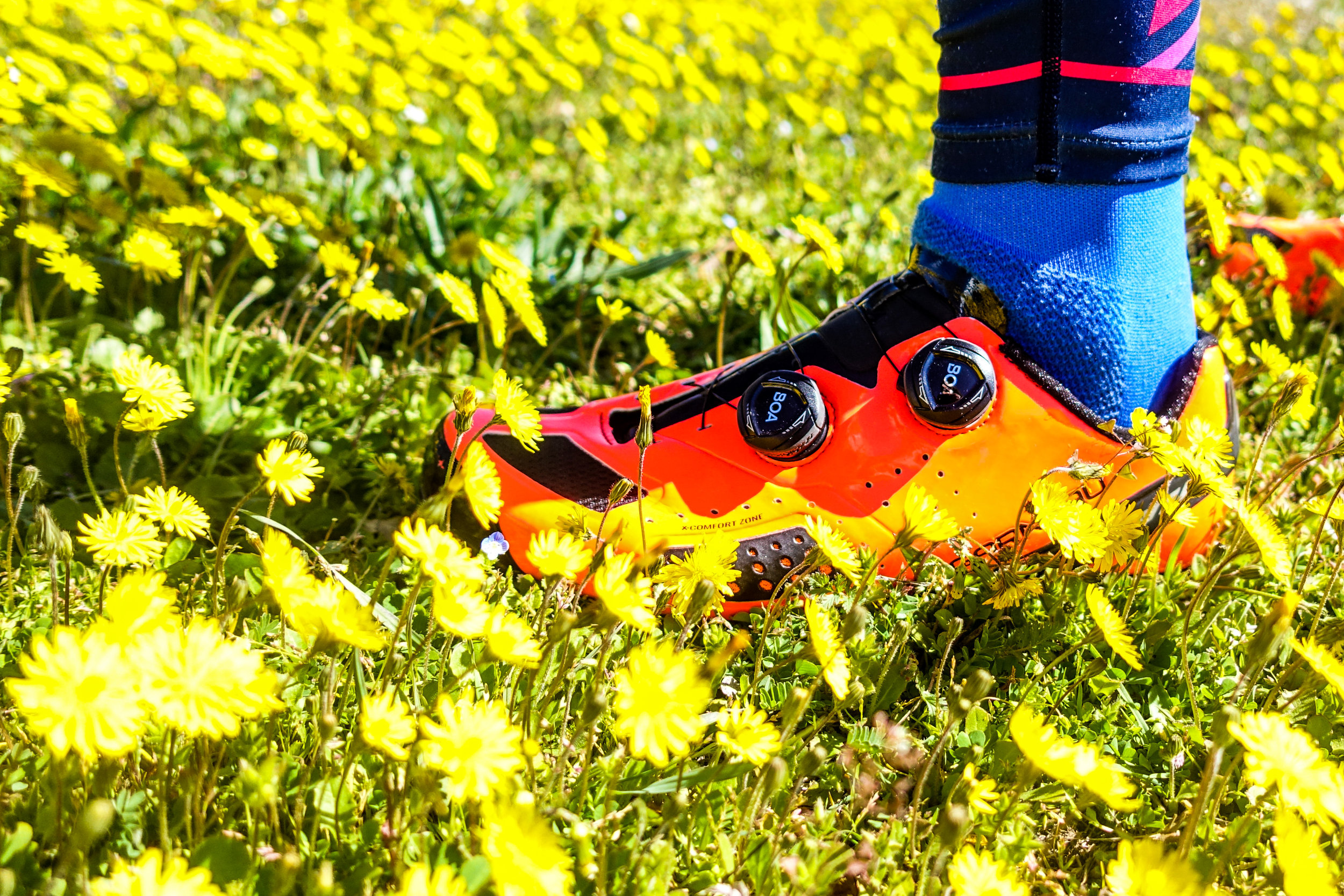
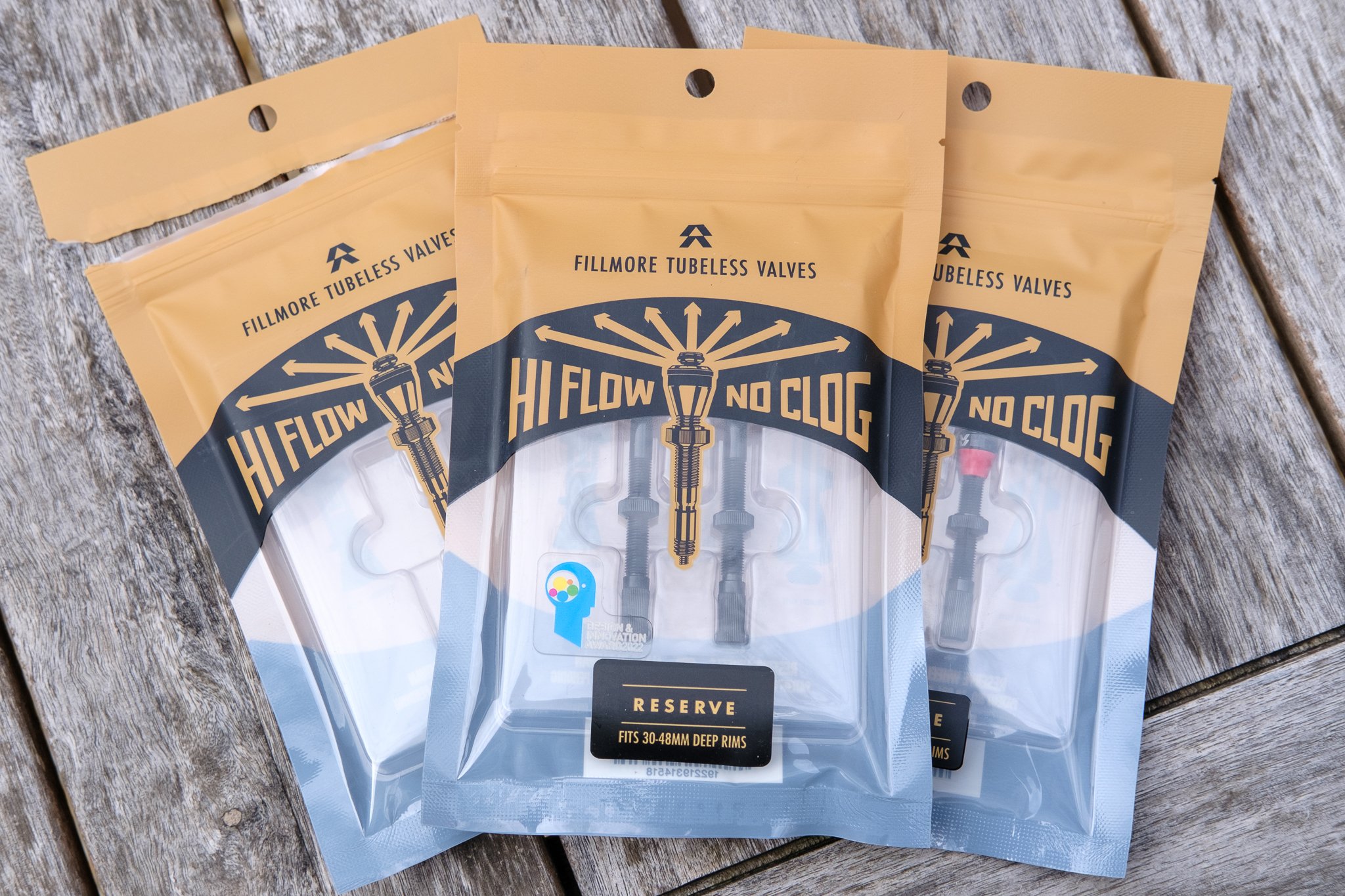
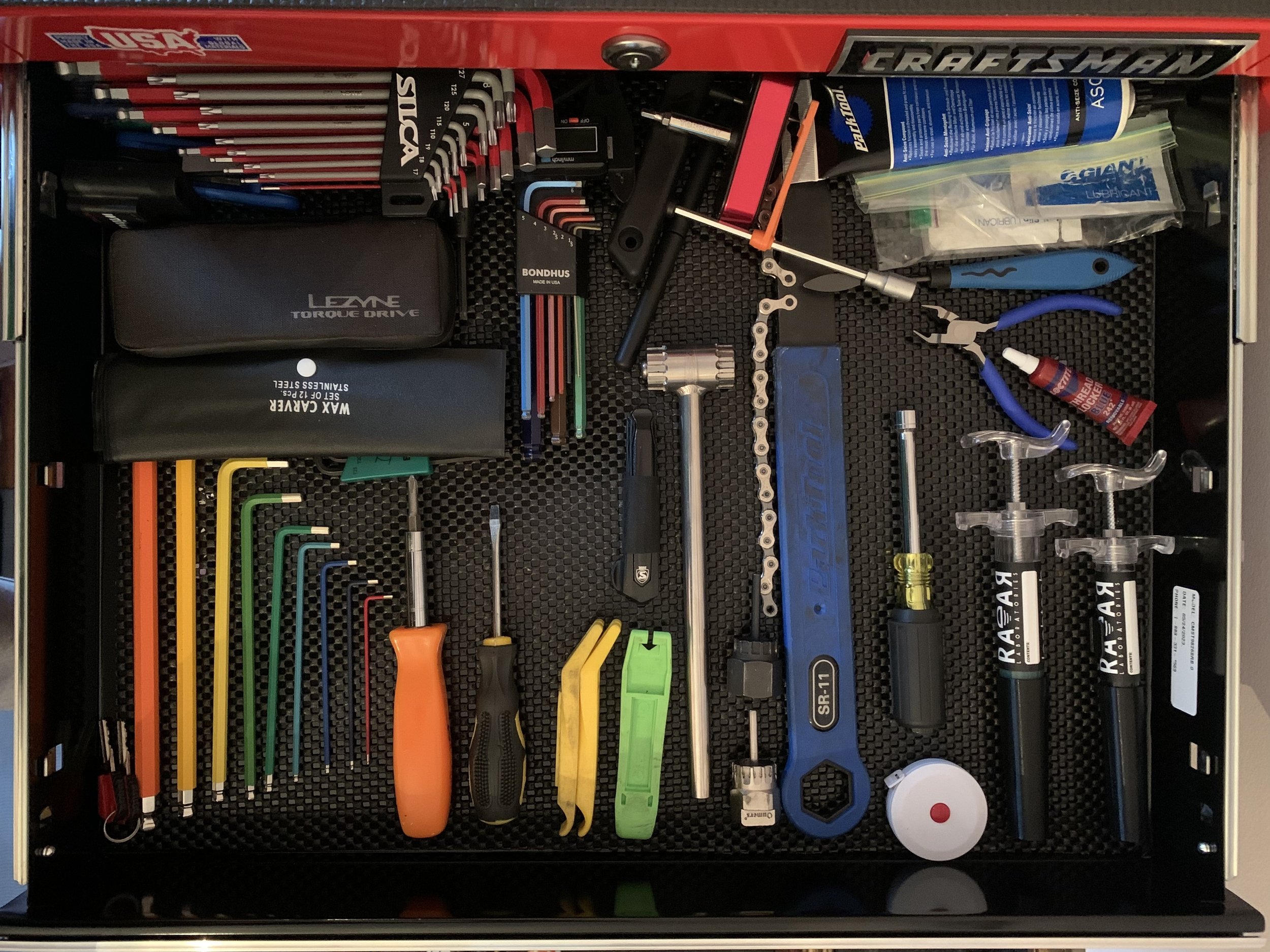
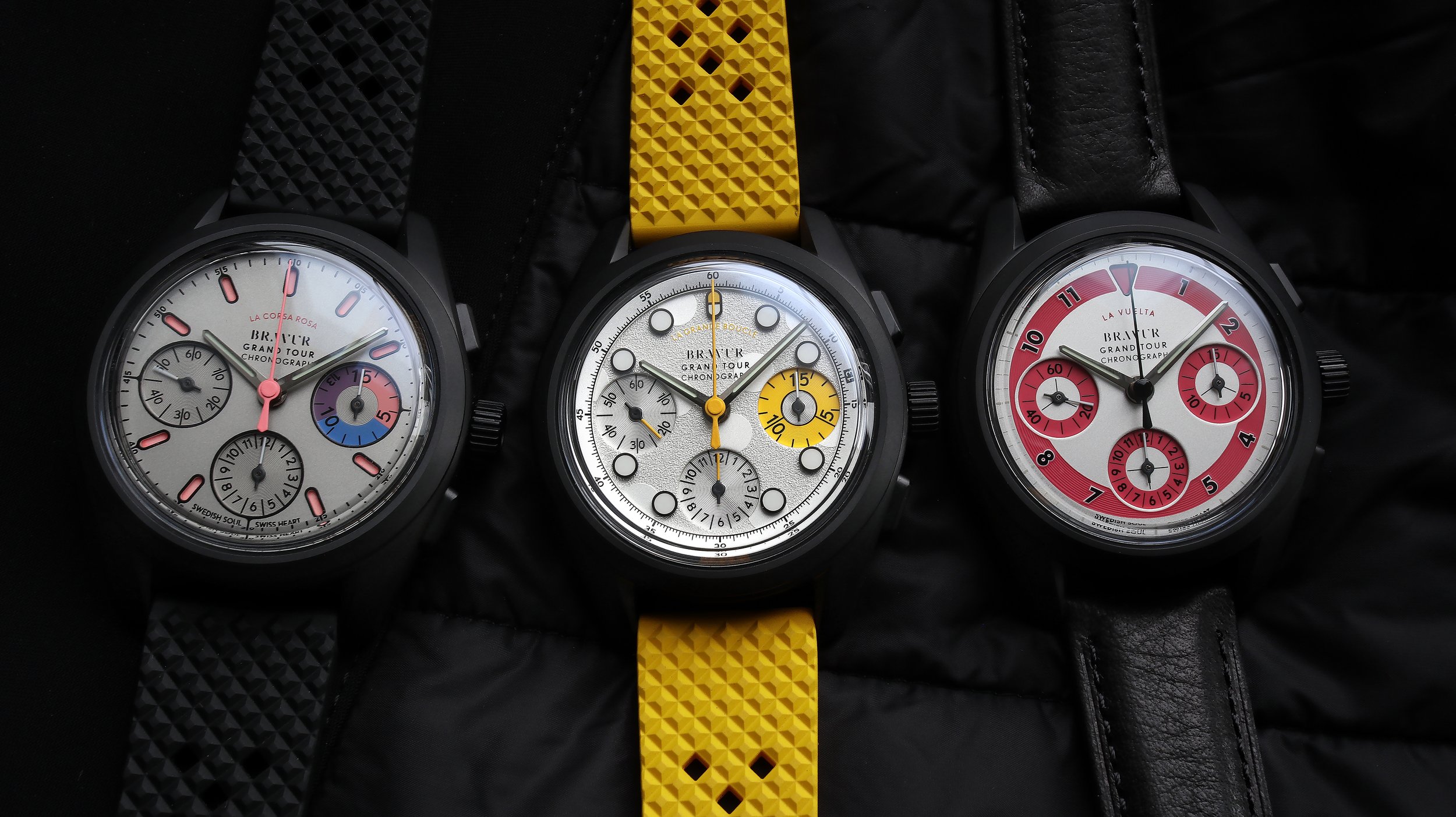
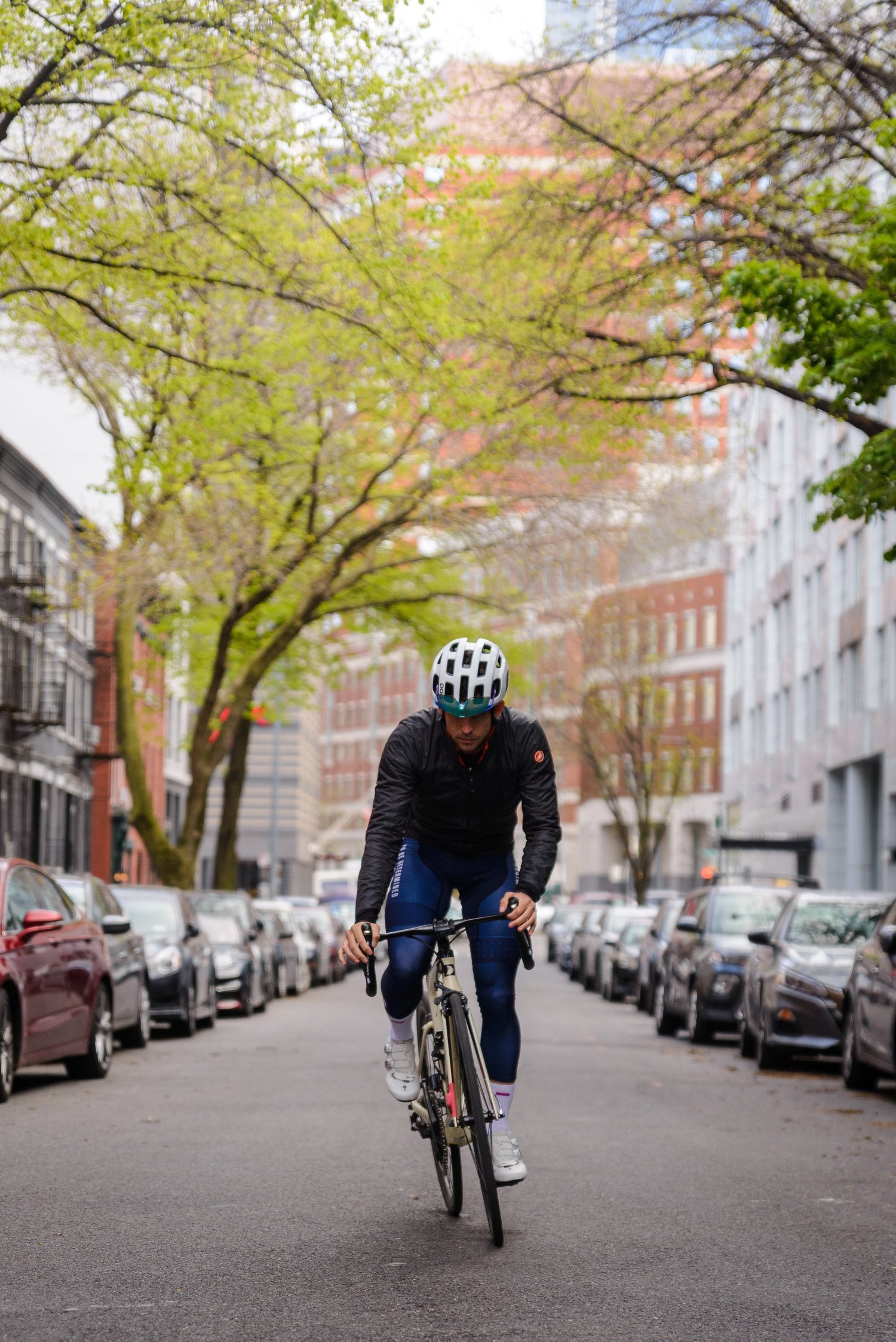
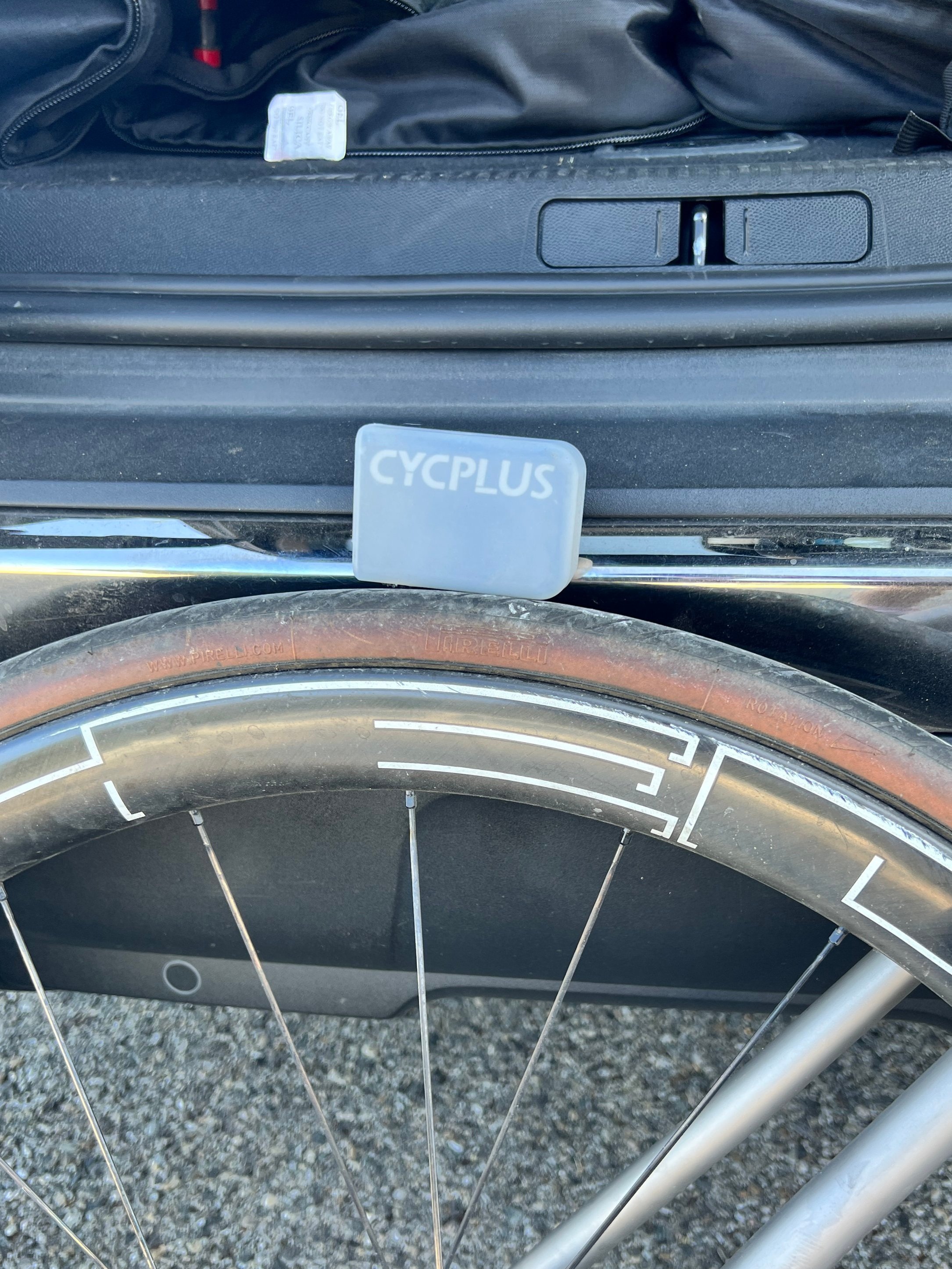
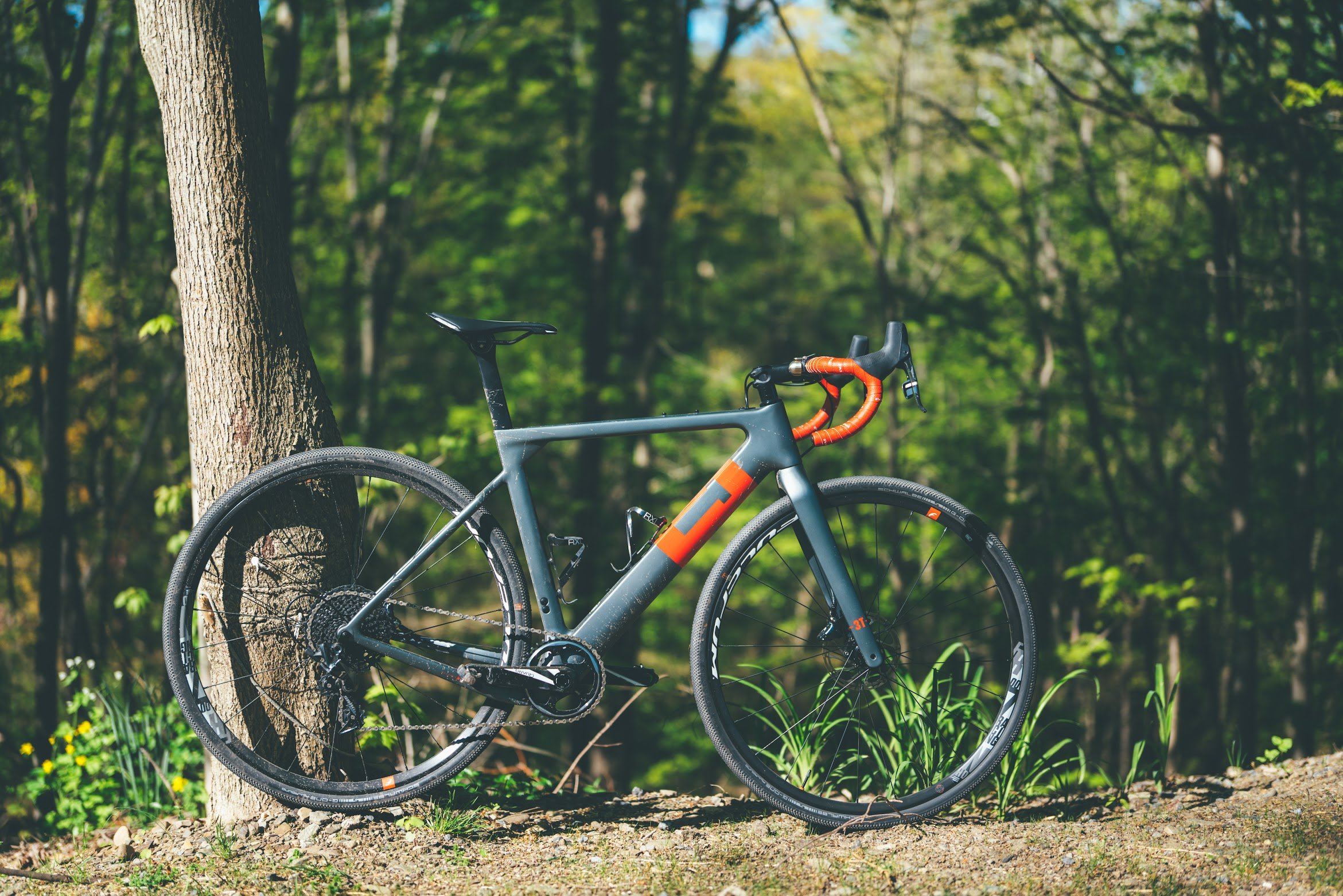

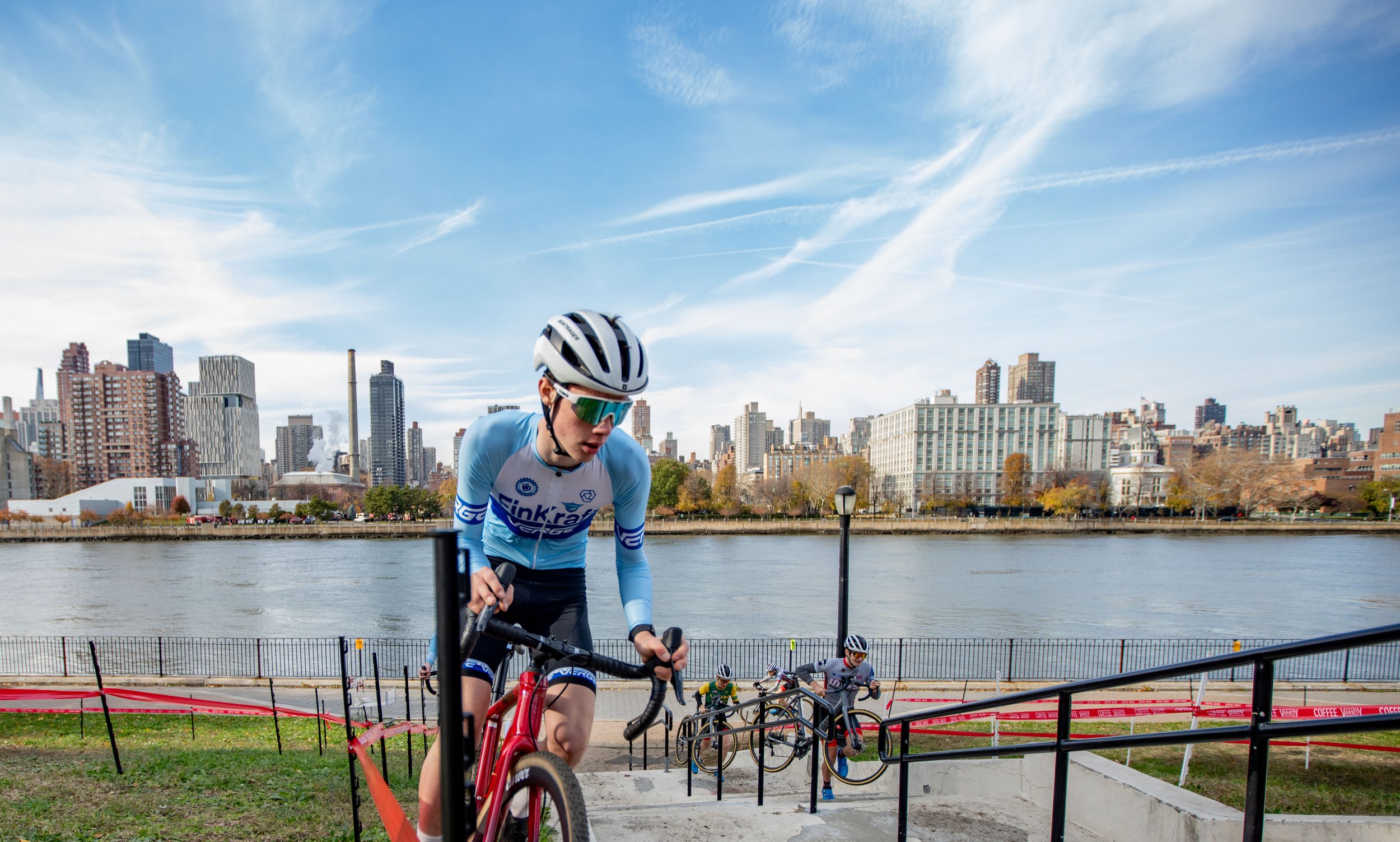
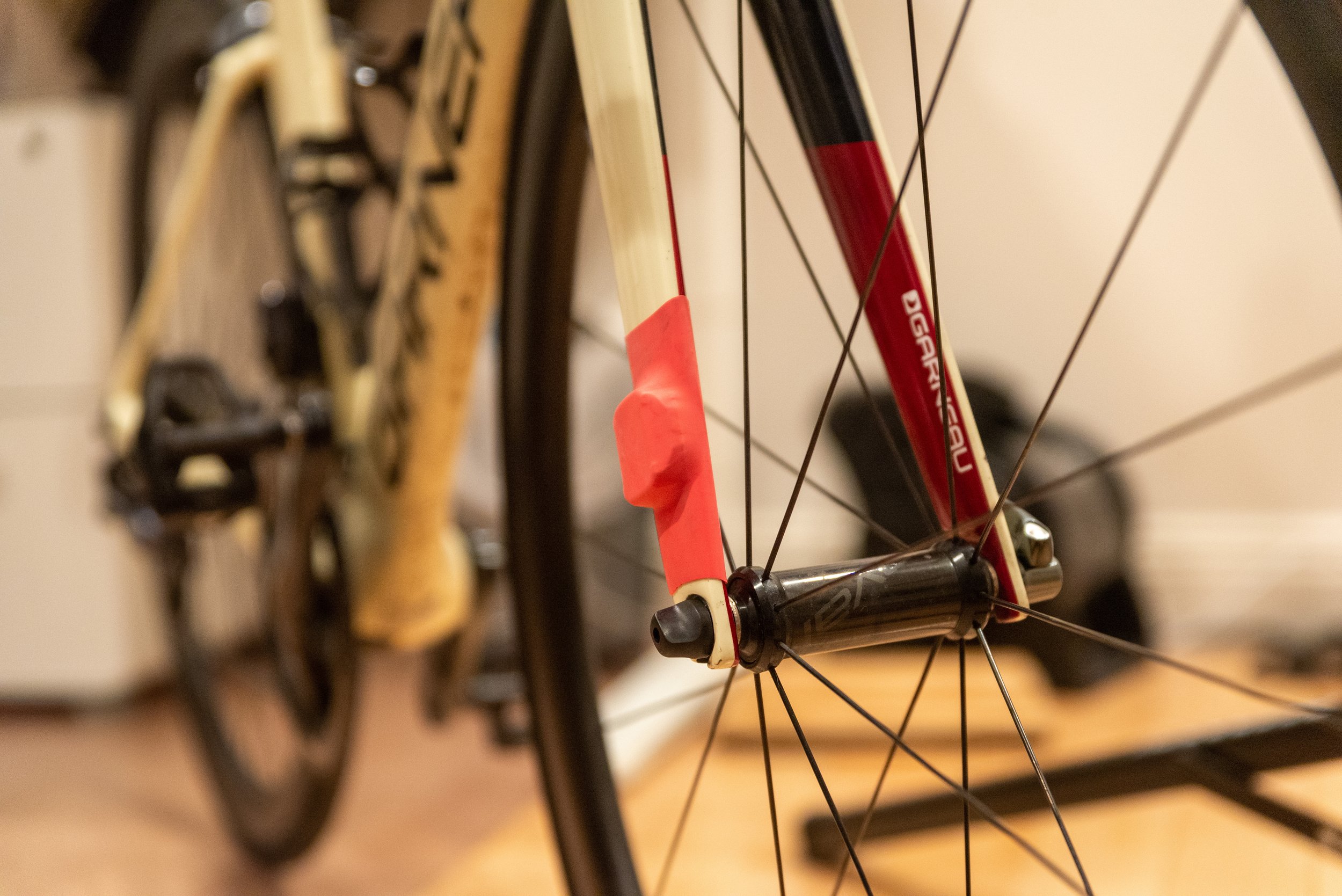
Here we go, some of our favorite gear from the year that was, some of which may make a perfect gift